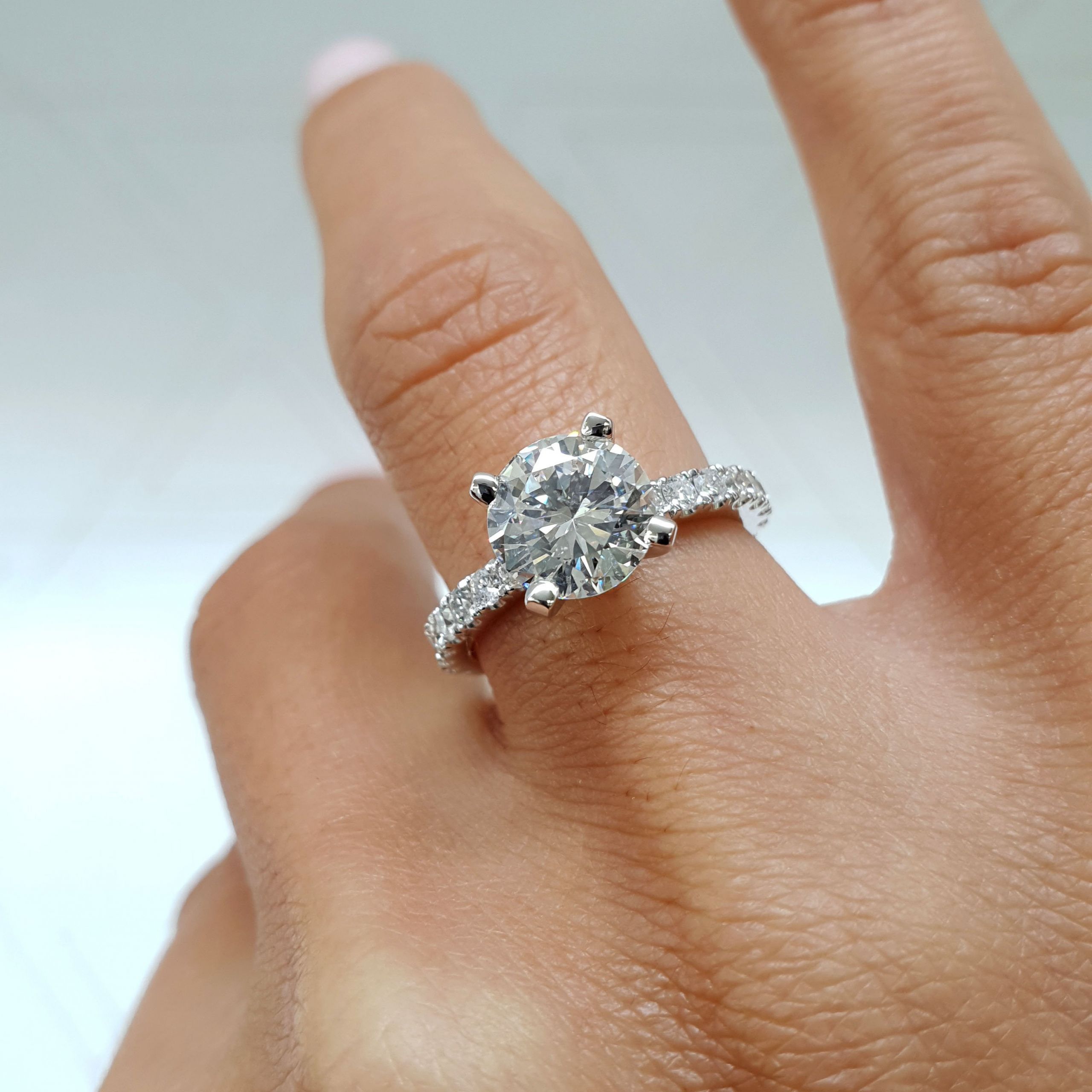Exceptionally Constructed: Manufactured Synthetic Stones
Recently, cultured diamonds have surfaced as a remarkable option to their traditional counterparts, captivating consumers and jewelers together with their charm and sparkle. These groundbreaking gems redefine the concept of exclusivity and significance in the diamond market, offering an responsible and environmentally friendly option without compromising on quality. As technology develops, the process of creating these extraordinary stones has become more sophisticated and available, leading to a rise in popularity among those in search of the ultimate symbol of love or special occasion.
Comprehending how lab grown diamonds are created reveals the extraordinary science behind their manufacture. Utilizing methods that mimic the natural conditions under which diamonds develop, these gems are manufactured with meticulousness and care. With an emphasis on clarity and sustainability, lab grown diamonds provide a persuasive choice for consumers who are progressively mindful of the impact their buying choices have on the world. Our exploration into this intriguing process will reveal the craftsmanship and innovation involved in bringing these sparkling treasures to life.
Comprehending Cultured Gemstones
Lab grown diamonds are artificially created stones that share the same material and compositional properties as real diamonds. They are created in managed environments using cutting-edge technology that mimics the organic processes of diamond formation, which typically occurs over millions of years far inside the Earth's crust. This innovative approach enables the creation of diamonds that are not only identical to their genuine counterparts but also considerably more eco-friendly and morally sourced.
The method of making lab grown diamonds typically involves two main techniques: High Pressure High Temperature (HPHT) and Chemical Vapor Deposition (CVD). In the HPHT method, a small diamond crystal is placed in a chamber with carbon and exposed to high pressure and temperature, mimicking the conditions where natural diamonds are created. The CVD process, on the other hand, makes use of the use of a gas mixture that contains carbon, which is then energized to create a plasma that deposits carbon atoms onto the diamond seed, slowly building up the diamond form layer by layer.
These diamonds come in diverse shapes, sizes, and grades, making them a popular choice for engagement rings and other exclusive items. Consumers are more and more seeking lab grown diamonds due to their affordable pricing and minimized environmental impact. Additionally, reviews from authorities, including a rare carat review , often emphasize the outstanding quality and luster of lab grown diamonds, establishing them as a remarkable alternative in the jewelry market.
Evaluating Scarcity and Carat Weight

As for diamonds, rarity and carat weight are two critical factors that influence their value and appeal. The weight in carats indicates the weight of a diamond, with one carat being approximately 200 milligrams. As the carat weight increases, the rarity of the diamond generally grows, as larger gems are formed under specific conditions and take longer to grow. Laboratory-created diamonds can be made in a range of sizes, but greater weights still fetch a premium due to their impressive presence and desirability.
In evaluating the rarity of lab grown diamonds, it is essential to think about how the growth process affects their characteristics. Unlike natural diamonds that form over millions of years, lab grown diamonds are created in controlled environments using advanced technology. This means they can be produced in a diverse sizes and qualities, making it easier for consumers to find a diamond that fits their specifications. However, especially large or flawless lab grown diamonds remain less common, preserving their allure and value in the market.
Moreover, the concept of rarity extends beyond just carat weight. Factors such as hue, clarity, and overall quality also play a significant role in a diamond’s value. While lab grown diamonds can reach superior clarity and vivid colors, the demand for particular traits can vary among buyers. This creates a changing market where the review of a rare carat diamond considers not only its weight but also the visual appeal and craftsmanship behind its creation. Grasping these elements allows consumers to choose wisely when picking their perfect diamond.
The Outlook of Cultured Gemstones
The future of lab grown gemstones seems very bright as technological advancements continue to evolve. With the increasing demand for responsible and eco-friendly options in the jewelry industry, synthetic gemstones are poised to become a staple choice for buyers. As manufacturing processes become more refined, we can expect cultured diamonds to not only match and outshine the quality of their extracted peers in terms of transparency, shade, and dimensions.
In addition to gems, the potential of synthetic craft is growing to include a wider variety of gems. This means that consumers will have access to a stunning selection of synthetically made options, from sapphires to emerald stones, all produced with minimal environmental impact. The versatility of synthetic materials allows for innovative designs and distinct pieces, making them particularly attractive to a younger demographic seeking distinctive styles and environmental responsibility in their buying decisions.
As the field for synthetic gems grows, so does the promise for new applications in areas other than jewelry. Fields such as technology, healthcare, and manufacturing are commencing to examine the application of cultured diamonds and other stones for their distinct characteristics. This burgeoning interest signifies a shift in perception, showing that cultured gemstones are more than a passing fad but a significant advancement in both beauty and practicality for the future.